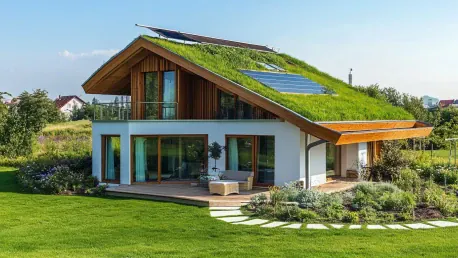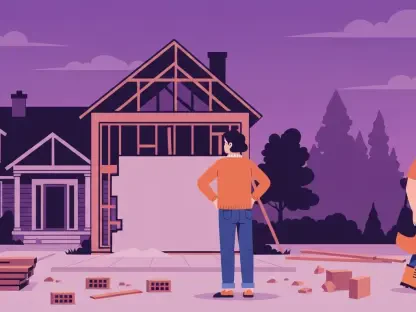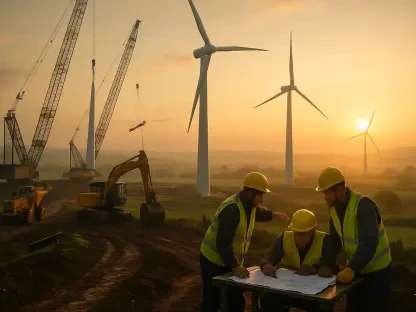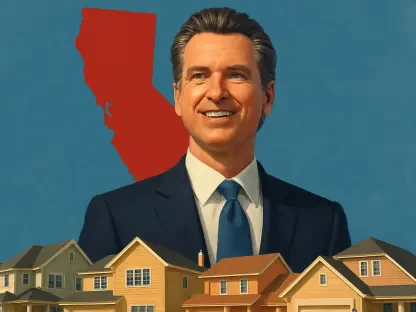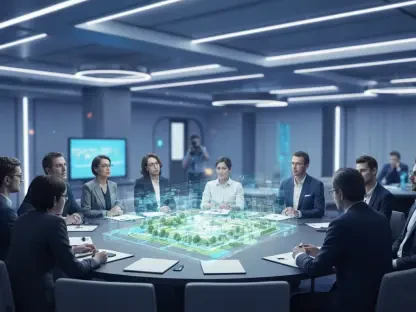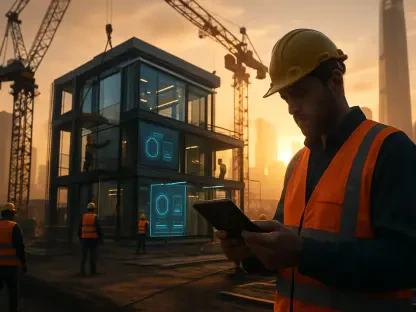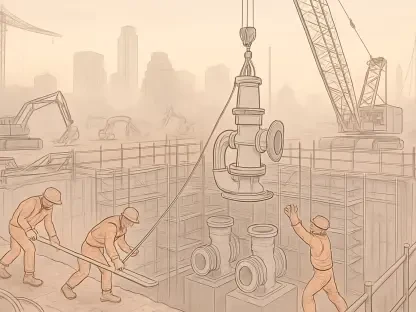In recent years, the concept of green homes has transitioned from being an optional luxury to a necessary feature in the real estate market. This shift is driven by increased awareness of environmental issues, economic benefits, and regulatory requirements. Green homes are designed to reduce their environmental impact and offer long-term savings, making them an attractive investment for both developers and homebuyers. As communities and markets increasingly prioritize sustainability, green homes are becoming fundamental to the future of real estate.
The Transition from Optional to Essential
Green buildings and eco-friendly amenities were once considered an added advantage, appealing to a niche market of environmentally conscious buyers. However, regulatory standards have now made these features essential, pushing forward the green building movement. Today, developers must adhere to sustainable standards to obtain necessary building approvals, making eco-friendly homes a standard rather than a luxury. This shift underscores the industry’s commitment to environmental stewardship and the sustainable evolution of built environments.
The movement towards mandatory green standards has been further facilitated by the growing awareness of the benefits of sustainable living. Homebuyers are now more informed about the impact of their housing choices on the planet, leading to heightened demand for green homes. This awareness is not just confined to environmental benefits; buyers are increasingly knowledgeable about the economic and health advantages of living in sustainably designed homes. This growing demand has, in turn, encouraged developers to integrate sustainable practices into their projects, making green building practices more widespread.
Drivers of Demand for Green Homes
One of the primary drivers of demand for green homes is the increased awareness of climate change and its consequences. As more people become conscious of their carbon footprints, the desire for homes that minimize environmental impact has grown. Additionally, rising energy costs have pushed homebuyers to seek energy-efficient solutions, making green homes more attractive. These homes promise significant savings over time, as lower energy consumption translates into reduced utility bills, offering a compelling financial incentive.
Government incentives and regulations have also played a crucial role in the adoption of green building practices. Various policies and programs offer financial benefits to those who choose sustainable housing options, such as tax credits, rebates, and grants, which make these investments more appealing. Additionally, the health benefits of green homes, such as better air quality and increased natural lighting, contribute to their growing popularity. Families are increasingly aware of how their living environments impact their well-being, making green homes an attractive choice for healthier living.
Innovative Methods in Green Home Design
Green homes today incorporate various methods to reduce energy consumption and leverage renewable resources. The choice of materials is a critical factor, with developers opting for recycled, locally sourced, and low-impact materials. This approach not only reduces the environmental impact but also promotes the use of sustainable resources. Employing these materials often requires innovation in building methods, ensuring that structures are durable, efficient, and eco-friendly.
Lighting and insulation are other crucial aspects of green home design. Developers use strategies to optimize natural light, improve insulation, and minimize reliance on non-renewable energy sources. Effective insulation helps maintain indoor temperatures, reducing the need for artificial heating and cooling. Technologies like smart lighting systems, which adjust to natural light levels, and energy-efficient appliances further reduce energy consumption. Water-saving features, such as rainwater harvesting systems and low-flow fixtures, are commonly integrated into green homes to reduce water usage, addressing another critical element of sustainable living.
Financial and Practical Benefits
While the initial costs of green homes are higher, the long-term financial benefits can offset these expenses. Green buildings tend to have lower maintenance costs over time compared to traditional constructions. For instance, sustainable materials are often more durable, reducing the need for frequent repairs and replacements. Moreover, government subsidies and incentives can significantly reduce the acquisition costs of sustainable homes, making them more accessible to a wider range of buyers.
Certifications like IGBC and LEED serve as differentiators in the market, enhancing property value and consumer trust. Homebuyers are increasingly looking for these certifications as marks of quality and sustainability. They add a layer of assurance that the properties not only meet but exceed certain environmental standards. Furthermore, energy cost savings from features like solar panels and high-performance insulation make green homes a financially sound investment. As utility rates continue to climb, these savings become even more pronounced, adding to the appeal of sustainable homes.
Challenges in Implementing Sustainable Housing
Despite the evident benefits, several challenges impede the mainstream adoption of green technologies in real estate. One of the primary obstacles is the higher initial investment required for sustainable homes. Developers often face a cost premium of about 15 percent compared to conventional buildings. This can be a significant deterrent, particularly for smaller developers who might struggle to secure the necessary funding or justify the additional expenditure to potential investors.
Regulatory barriers, although beneficial in the long term, can slow down the progress of sustainable housing projects. Compliance with green standards can be time-consuming and complex, posing challenges for developers. These regulations often entail rigorous documentation and additional construction requirements, which can delay project timelines. Moreover, there is often reluctance among local developers due to concerns about the performance and reliability of new technologies and a resistance to changing established practices. Overcoming these barriers requires concerted efforts from the public and private sectors to promote education and provide the necessary support to developers.
Overarching Trends and Future Outlook
In recent years, what once was seen as an optional luxury has now become a necessity in the real estate market: green homes. This shift is mainly driven by a heightened awareness of environmental issues, significant economic benefits, and the tightening of regulatory requirements. Green homes are specifically designed to minimize their environmental impact, improve energy efficiency, and offer long-term savings. These attributes make them an appealing investment for both real estate developers and prospective homebuyers. With sustainability increasingly becoming a priority for communities and markets, green homes are now considered an essential component of the future of real estate. Such homes not only contribute to reducing carbon footprints but also offer homeowners cost savings stemming from energy efficiency, water conservation, and sustainable construction methods. As the global focus on environmental responsibility grows, incorporating green features into housing developments is no longer an option—it is a requirement shaping the future landscape of real estate.
